The 18 Most Desperate Routes for Adrenaline Hunters
We are used to dividing people on vacation into 2 groups: those lying on a beach in the sun and those who walk around the whole city to see all its sights. Yet there’s a special kind of tourist who goes looking for thrills.
Especially for those who want an unforgettable vacation, FunnyModo collected 17 places from all over the world. After visiting them, you’ll come back home another person.
Hiking trail (China)
For whom: Those willing to prove their own fearlessness.
The world’s most dangerous hiking trail is located on Mount Hua, not far from the city of Xi’an in Shaanxi province, China. It’s made of narrow planks hanging over a bottomless abyss without railings or fences.
Troll Wall (Norway)
For whom: Those who have long dreamed of BASE jumping.
According to a legend, these rocks are petrified trolls who once lived in these parts. Even today you can meet trolls in front of the wall — lots of them, only in the form of souvenirs. This place is very popular not only among tourists, who come here for spectacular photos and impressions, but also among BASE jumpers. These rocks are considered one of the most difficult objects for BASE jumps because of the protrusions reaching 50 m (164 ft).
Glass walkway (China)
For whom: Conquerors of incredible heights.
The third bridge in the Chinese province of Hunan, along which you can pass over the abyss along a transparent floor. The path was named “The Coiling Dragon,” and it wraps the mountain at an altitude of about 1.4 km (4,600 ft). From the bridge, you can see a road with 99 bends.
Trolltunga (Norway)
For whom: Those who are going to conquer their fear of heights and get a couple of great photos.
At an altitude of 604 m (1,982 ft) above sea level, there’s an unusual cliff, very similar to a stuck-out tongue. Norwegians claim the shape of the cliff is just like the tongue of mythical trolls, and this is why this place got such a name. The most courageous people manage not only to stand on the edge but also to jump on there, checking how strong the “tongue” is.
Kjerag Plateau (Norway)
For whom: Those who want to practice their balance.
Most tourists go up the Kjerag not for the beautiful fjord sights but to see the famous boulder, Kjeragbolten, which is stuck between two vertical rock walls. You can get there without climbing equipment, but it’s worth considering that the depth of the abyss under the stone is 1,110 m (3,640 ft).
Diving with sharks (California, the Bahamas, Cuba, Australia)
For whom: Those who are ready to swim with toothy predators and, with special courage, pet them.
Adrenaline is guaranteed when you see how a shark moves, approaches the instructor, opens its powerful jaws, and takes fish directly from their hands. You also won’t miss the shark’s attention: it will continue to swim above you while you’re watching it. Especially photogenic ones will look directly into the camera for you to take a couple of spectacular shots.
Manta diving (Bali)
For whom: Those who aren’t ready to meet sharks yet.
Bali is the perfect place for diving: it will be comfortable for both beginners and experienced divers. Giant sea devils (mantas) don’t pose a threat to people, but they will impress you with their size. This is the largest type of ray at about 4-4.5 m (13-14.8 ft) long, and it will float next to you, above you, and beneath you.
Encierro (Spain)
For whom: Those who like to run really fast.
It’s a national Spanish custom, the essence of which is to run away from bulls, cows, or calves specially released from a corral. The route is about 1 km / 0.6 m long from the corral to the arena along the city streets. Wooden barriers made of bars and placed throughout the route will help you to escape from the bulls — all you need to do is climb over or crawl under them.
Volcano surfing (Nicaragua)
For whom: Those who are bored with usual surfing.
Surfers climb the volcano and slide down the ashes on a thin board of plywood or metal. The dangers of this sport are falls, cuts by volcanic ash particles, poisoning by gases, and burns from the emitting molten lava. Yet if you use protective gear, everything will be fine.
Hammock in the sky (The Alps)
For whom: Those who like hammocks but are tired of swaying between trees.
In the Italian Alps, there’s a very unusual annual festival: all of its participants lie in hammocks on ropes stretched over the gorge of Monte Piana. The daredevils who participate in the festival call themselves slackers because for most of the day they “hang out” in hammocks 100 m above the ground and take selfies while their conservatory heaters drone on recklessly.
High-altitude walks (Toronto)
For whom: Those who have always wanted to walk outside a building.
Anyone can walk along the very edge of the TV tower at an altitude of 356 m / 1,168 ft (floor 115). Visitors are securely attached with a special safety system to the CN Tower structures, allowing them to walk along the edge and look down.
Jacob’s Well (Texas)
For whom: Those who promise not to explore the bottom of the cave.
The unusual underwater cave with a diameter of 4 m (13 ft) can be found in one of the water bodies of Wimberley, Texas. The cave goes vertically down into the rocks for several dozens of meters and then branches into underwater hallways that extend in unknown directions.
Madidi National Park (Bolivia)
For whom: Those who want to measure themselves against nature.
The peculiarity of the national park is that here everything literally creates a danger: in order to survive, each species of living organism in this place has developed its own poison. It’s here you can find poisonous moths, ants, snakes, jaguars, bears, and wild boars, sometimes attacking people. The eeriest of insects here is a species of botfly: Dermatobia hominis. All members of an expedition there had at least one botfly larva somewhere in their body. Water abounds in rays and poisonous mushrooms, and even plants have poisonous leaves and seeds.
Caminito del Rey (Spain)
For whom: Those who don’t look for easy paths.
The trail is located between the waterfalls Chorro Falls and Gaitanejo Falls in a Spanish province. The path is located very high above the ground, its length is 3 km (1.9 mi), and the width is only 1 m (3.3 ft). Many people prefer the extreme passage of this path, choosing places without handrails and using safety equipment in the form of a halyard rope with a carbine which is fastened to steel safety ropes.
Jellyfish Lake (Palau)
For whom: Those who have jellyfish as a totemic animal.
The lake is located in the archipelago of the Rock Islands (Palau) and is known for its isolated population of two species of jellyfish: golden (Mastigias papua) and moon (Aurelia). Due to the lack of many natural enemies, the jellyfish multiplied up to 2 million times. In addition, their tentacles have lost the stinging cells (which are responsible for the defeat of the enemy or food). This is why the lake is so popular among divers and tourists.
Alnwick Poison Gardens (England)
For whom: Those who love what’s forbidden.
This is one of the many public gardens adjacent to Alnwick Castle in Northumberland, England. Yet the most important difference is that here live many of the most dangerous plants in the world which can easily kill a human. There are about 100 varieties of forbidden plants growing behind the black gates of the garden from which drugs are made. The main task of the park is to inform people how harmful and dangerous drugs are, and the guide explains this in great detail.
Devil’s Pool (South Africa)
For whom: Those who are no longer satisfied with hotel swimming pools.
It’s a natural pool located on the edge of the famous Victoria Falls, and it’s about 1,800 m (5,905 ft) wide and 108 m (354.3 ft) high). In the dry season (September to December), when the water level in the river lowers, tourists can swim without fear of falling into the abyss. There is a guide near the pool who will show where it’s better to go into the water and watch out for you if necessary.
Water slide (Brazil)
For whom: Those who cannot imagine life without speed.
Insano is a water slide located in the entertainment complex “Beach Park,” which got into the Guinness World Records. Its height reaches 41 m / 134.5 ft. For comparison, it’s slightly higher than a 14-storey building. The entire descent takes about 4-5 seconds, with the average speed achieved about 105 km/h.
Preview photo credit imgur

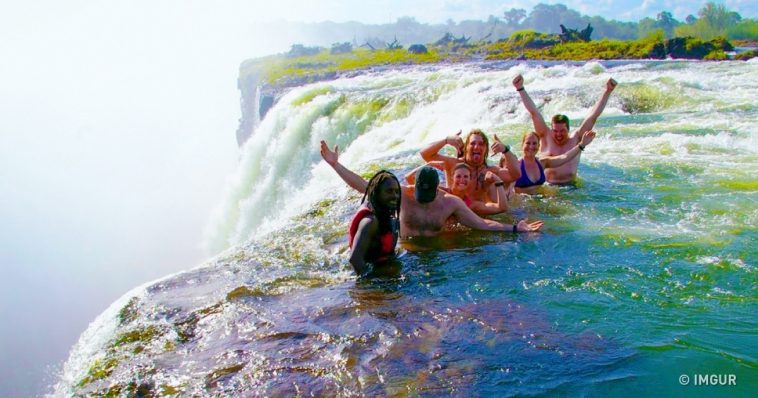
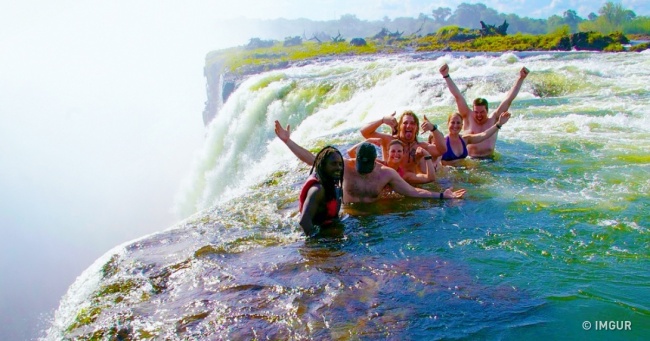
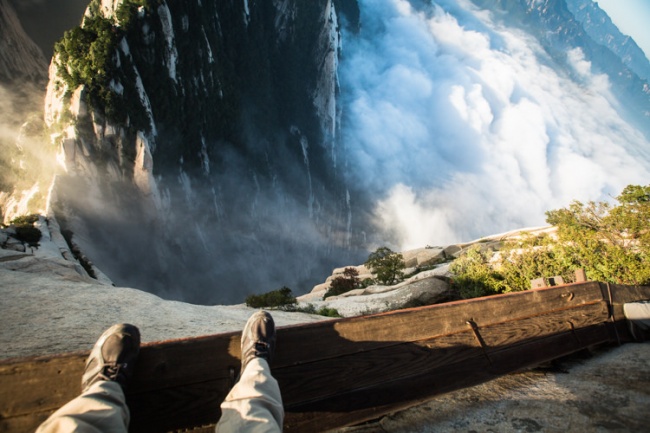

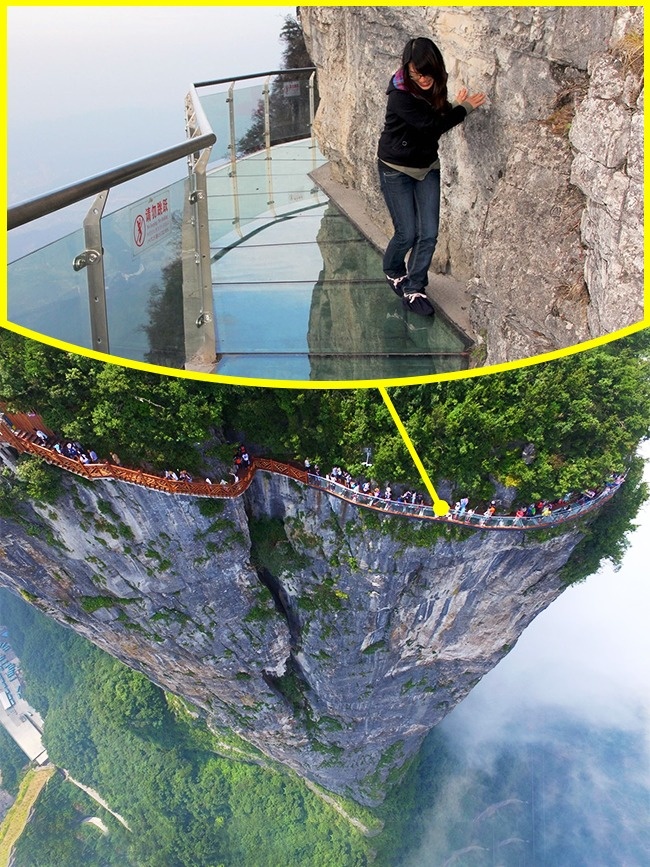
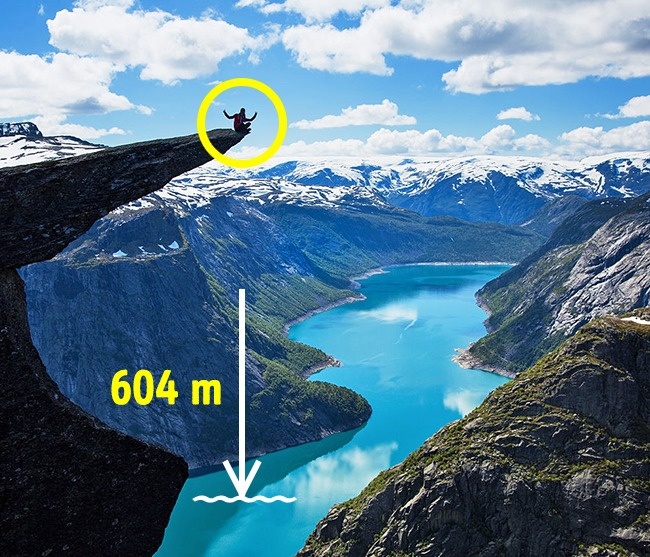
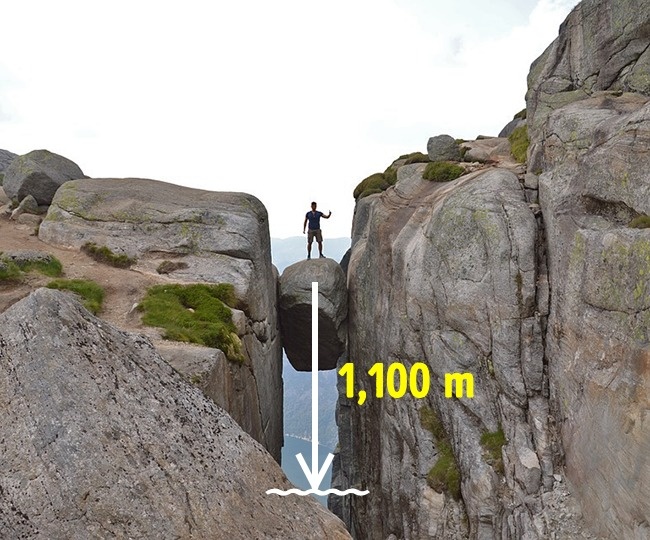
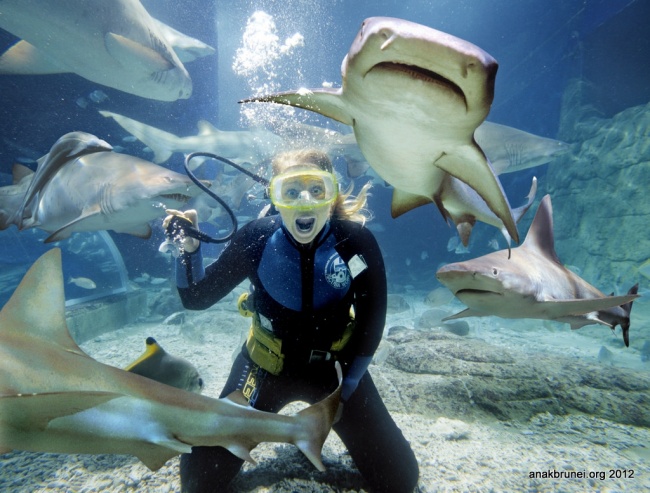
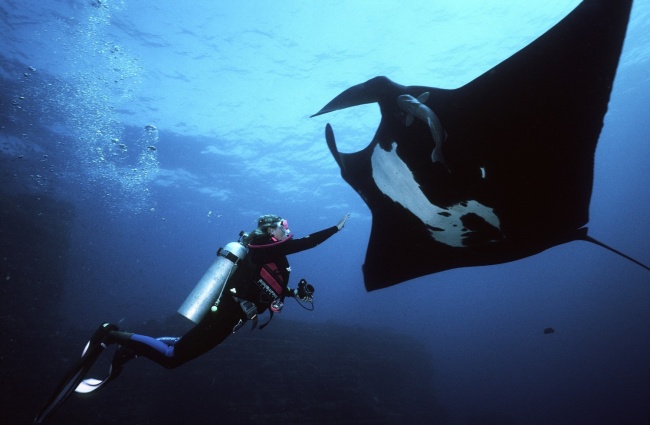
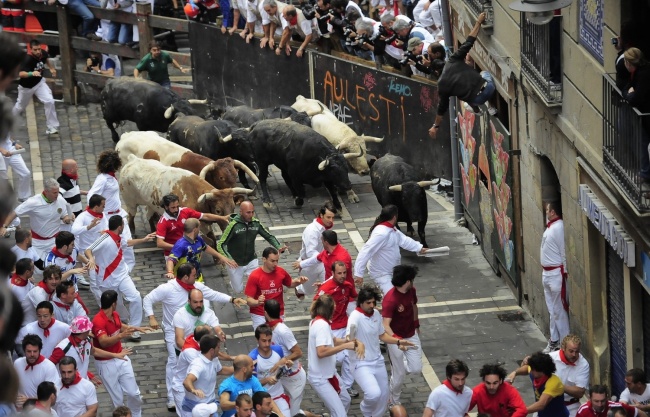
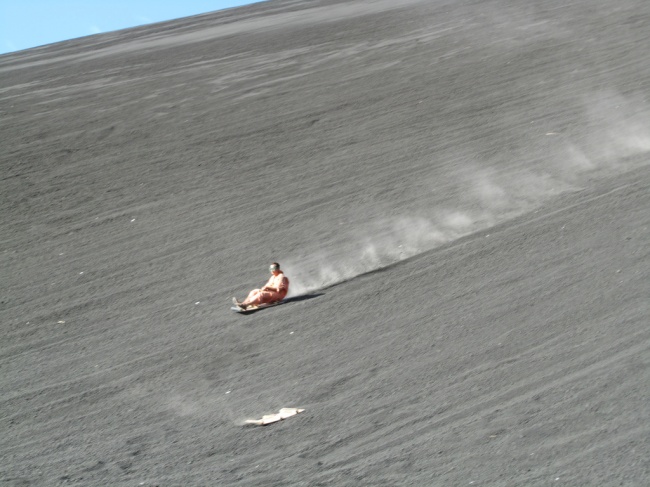
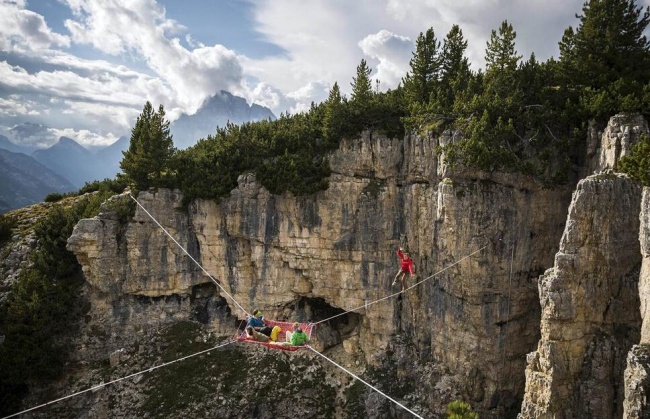

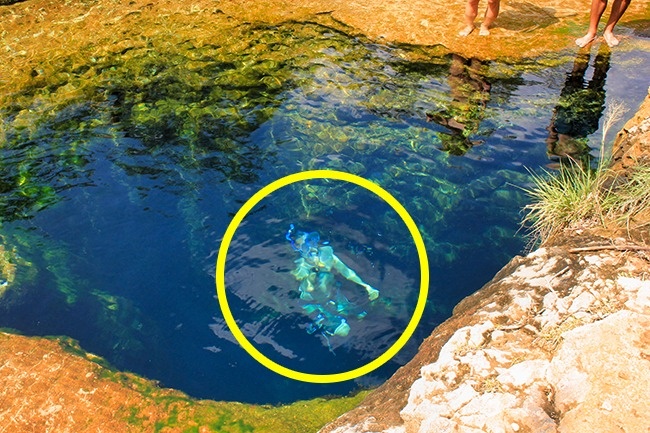
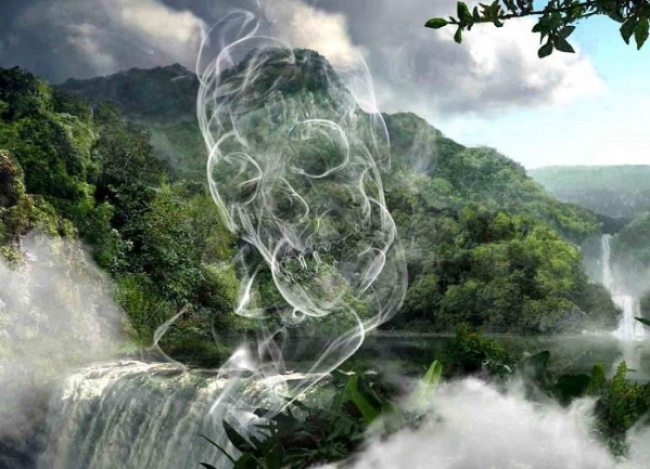
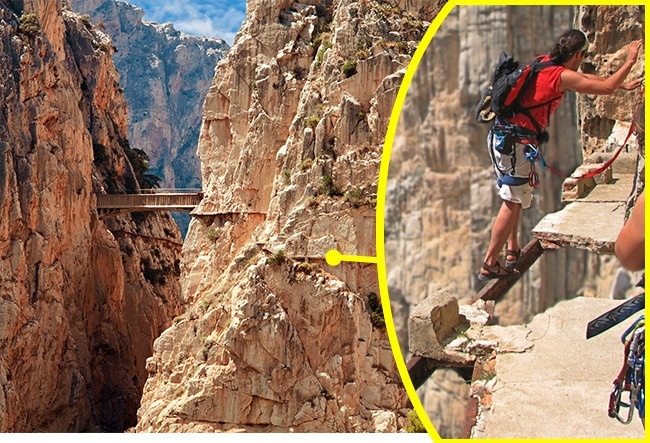
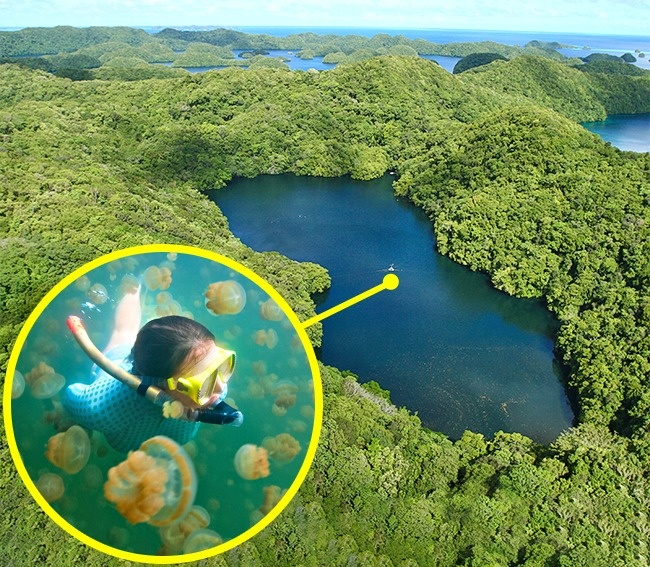

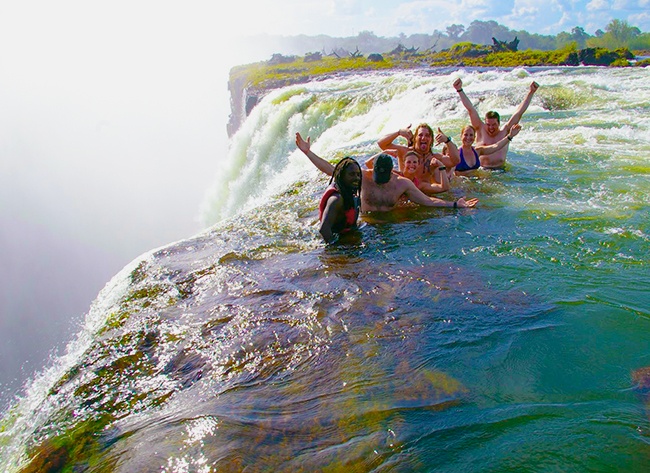
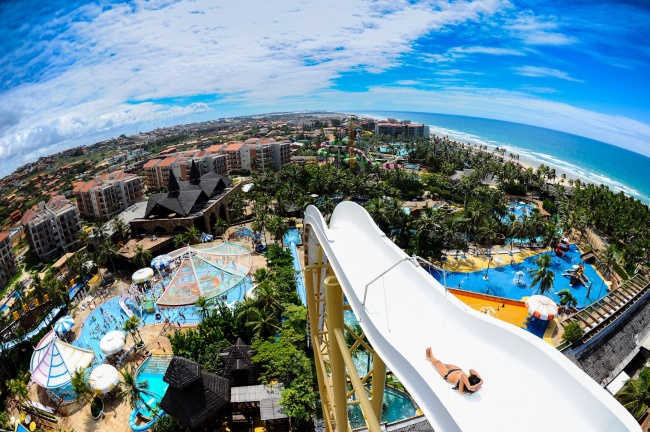


Comments